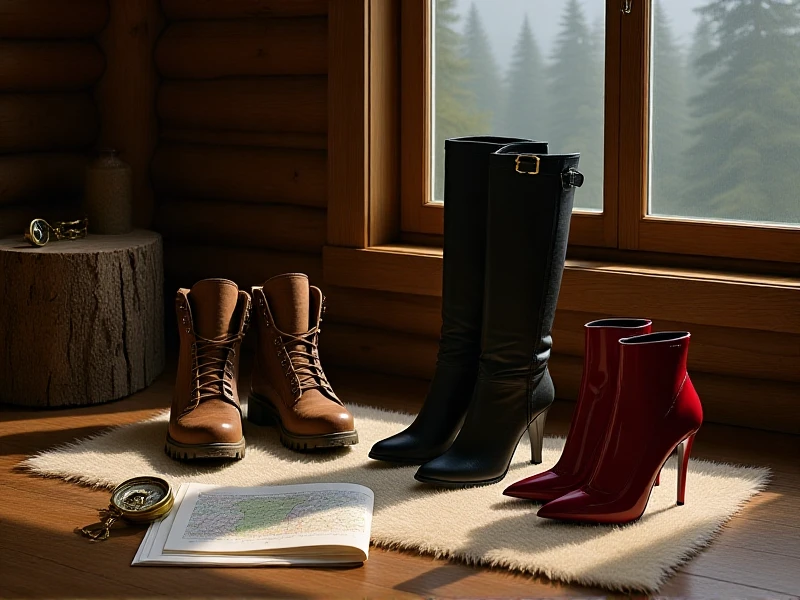
Your Ultimate Guide to Choosing the Perfect Hiking Boots
Ever felt the sting of ill-fitting footwear halfway up a trail? Your hiking boots are arguably the most crucial piece of gear you own. Choosing the right pair directly impacts your comfort, safety, and enjoyment on the trail. Forget blisters, foot fatigue, and unstable steps – let's find your ideal match.
Why Proper Hiking Boots Matter Ditch the sneakers for serious terrain. Dedicated hiking boots provide essential support, stability, and protection. They shield your feet from sharp rocks and roots, while high-ankle designs significantly reduce the risk of twists and sprains on uneven ground. Unlike regular shoes, they feature aggressive, deep-lugged outsoles designed to grip loose dirt, mud, wet rocks, and slippery surfaces like nothing else. Hiking boots are engineered for endurance.
Materials & Construction: Built for the Trail Most quality hiking boots combine leather and synthetic materials (like nylon). Full-grain leather offers excellent durability, abrasion resistance, and natural water resistance but can be heavier. Split-grain leather (combined with synthetics like Cordura) provides a lighter weight option that’s breathable, though potentially less waterproof. Look for waterproof membranes like Gore-Tex® for wet conditions. The outsole is critical – brands like Vibram® are renowned for exceptional grip and longevity.
Finding Your Perfect Fit Your hiking boots should fit snugly but comfortably from day one. Ensure there's about a thumbnail's width of space between your longest toe and the boot's end. Width is equally vital; cramped toes on descents lead to misery. Remember:
- Try them on late in the day: Feet swell naturally.
- Wear hiking socks: Bring the exact socks you intend to use.
- Test incline: Use a store ramp or simulate walking downhill. Your toes shouldn’t jam into the front.
- Check heel lock: Heels should lift minimally when walking. Good lacing techniques help solve heel slip.
The Break-In Period Even the best-fitting boots need breaking in. Don’t embark on a 20-mile epic fresh out of the box! Wear them around the house, then progress to short walks. This molds the footbed to your foot and softens materials for optimal comfort on long hikes.
Care for Longevity Treat your hiking boots well. Regularly remove dirt with a soft brush and lukewarm water. Use dedicated leather conditioners or fabric protectors as needed. Dry them slowly at room temperature – never near direct heat, which breaks down materials and glues. Storing them properly ensures protection and ventilation.
Investing time in selecting the correct hiking boots pays dividends on every adventure. Consider the terrain you frequent, your load weight, and climate. Prioritize fit, support, and traction for a foot-friendly journey. Step into the right pair and confidently conquer any trail.